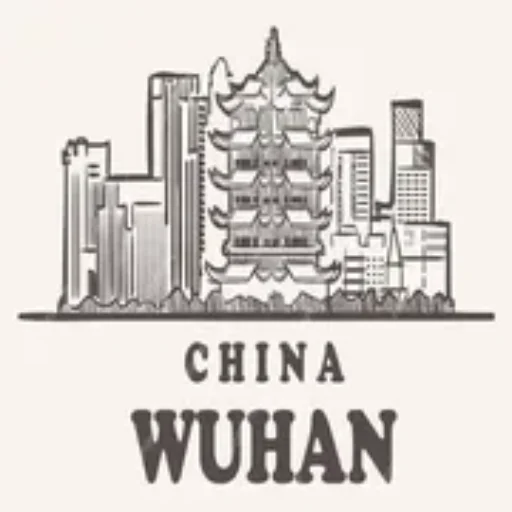Nestled in the bustling Hanyang district of Wuhan, Guiyuan Temple stands as a testament to nearly four centuries of Buddhist history and architectural brilliance. Built in 1658 during the Qing Dynasty, this magnificent temple complex has survived countless historical upheavals to emerge as one of central China’s most significant Buddhist sanctuaries.
Architectural Splendor & Layout
Spanning over 46,000 square meters, the temple complex showcases classical Chinese architecture at its finest. What sets Guiyuan Temple apart is its unique blend of architectural styles from both northern and southern China, creating a harmonious fusion that’s rare to find in a single complex.
- The Hall of Three Saints (Sansheng Hall) – Features impressive 7-meter-high gold-plated statues
- The Meditation Hall – Known for its perfect acoustic properties
- The Hall of Five Hundred Arhats – Houses 500 unique golden statues
- The Grand Hall – Showcases intricate wooden carvings and traditional murals
The Famous Five Hundred Arhats
The temple’s crown jewel is undoubtedly the Hall of Five Hundred Arhats. Each of the 500 bronze-cast statues represents a unique character with distinct facial expressions and poses. Created during the Qing Dynasty, these life-sized figures were crafted by master artisans from all over China. What’s particularly fascinating is that no two statues are alike – each has its own personality, expression, and story to tell.
Visitor Experience & Cultural Significance
Modern visitors to Guiyuan Temple can experience:
- Traditional Buddhist ceremonies, especially during major festivals
- Vegetarian cuisine at the temple’s renowned restaurant
- Calligraphy demonstrations by resident monks
- Meditation sessions in the ancient halls
- Cultural exhibitions showcasing Buddhist artifacts
Practical Tips for Visitors
For the best experience, consider these insider tips:
- Visit early morning (7:00-9:00 AM) to catch the morning chanting
- Allow at least 2-3 hours for a comprehensive tour
- Book a guided tour for detailed historical insights
- Try the vegetarian lunch served between 11:30 AM and 1:30 PM
- Visit during major Buddhist festivals for special ceremonies
Getting There & Logistics
Location: No. 8 Guiyuan Road, Hanyang District, Wuhan Opening Hours: 7:30 AM – 5:30 PM daily Admission: ¥10 (additional fees may apply for special exhibitions) Transportation: Take Metro Line 1 to Guiyuansi Station, Exit C
Cultural Impact & Modern Relevance
Today, Guiyuan Temple serves not just as a religious site but as a vital cultural center. It hosts numerous events throughout the year, including:
- Annual Spring Festival celebrations attracting over 100,000 visitors
- Buddhist scholarship programs and symposiums
- Cultural exchange programs with international Buddhist organizations
- Traditional arts and crafts workshops
Conclusion
Guiyuan Temple offers visitors more than just a glimpse into Chinese Buddhist history – it provides an immersive experience into living cultural heritage. Whether you’re a spiritual seeker, history enthusiast, or curious traveler, the temple’s blend of architectural beauty, religious significance, and cultural activities makes it an essential stop on any Wuhan itinerary. The serenity of its halls, the artistry of its statues, and the warmth of its community continue to make it one of central China’s most compelling destinations.
As Wuhan continues to evolve as a modern metropolis, Guiyuan Temple stands as a peaceful reminder of the city’s rich cultural heritage, offering visitors a chance to step back in time while experiencing the living traditions of Chinese Buddhism.

